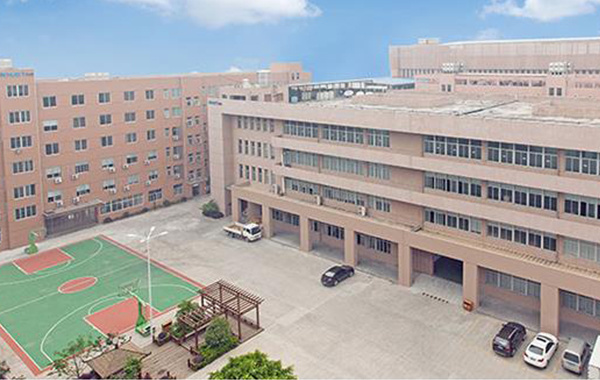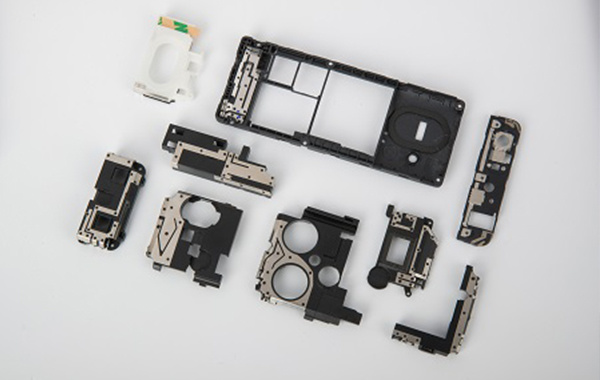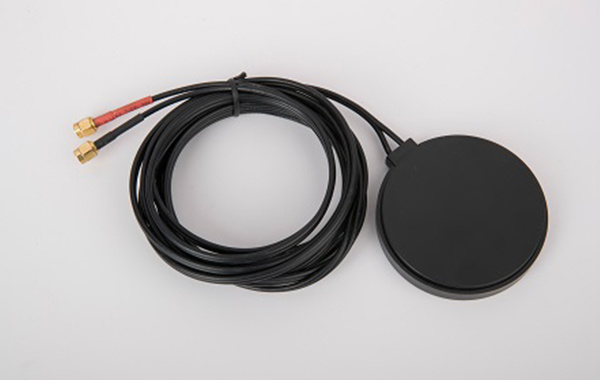Haitong Communications | So many antennas are running on a 5G phone
Published Time:
2024-08-22 08:57
Source:
Mobile phone design is a holistic endeavor. To achieve faster and smoother communication performance, the overall design will undergo significant changes, starting with the antenna.
The design of a mobile phone is a holistic system; to achieve faster and smoother communication performance, the overall design will undergo significant changes, and the antenna is the first to be affected.
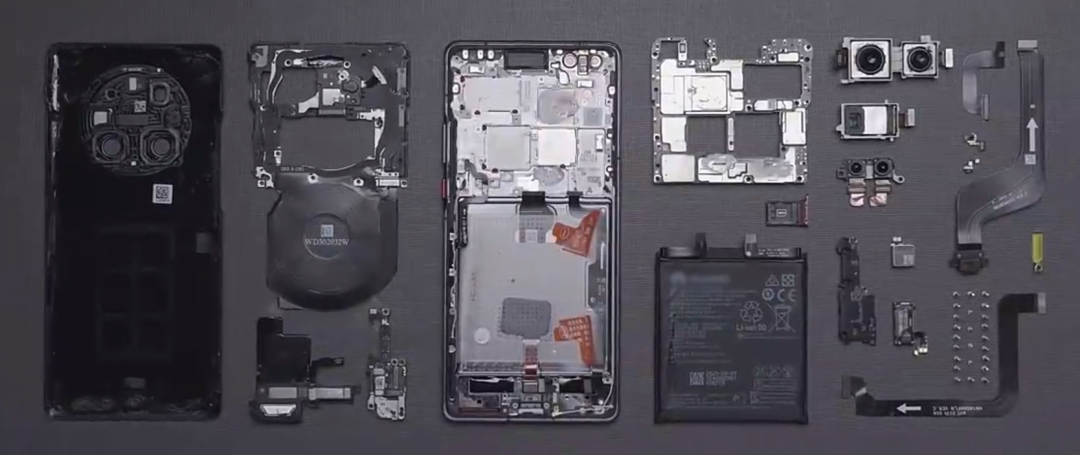
For today's popular 5G phones, achieving superior communication capabilities requires more than just a chip upgrade. A recently released 5G phone integrates 21 antennas, with 14 dedicated to 5G connectivity, supporting 8 5G bands and dual 5G SIM card connections. Besides 5G, it needs to be compatible with 4G, 3G, NFC, GPS, WiFi, and Bluetooth, thus using a total of 21 antennas, 14 of which are for 5G, significantly more than in 4G and earlier phones.

So, why do 5G phones need so many antennas?
First, 5G networks require higher data transmission rates and capacities than 4G networks. To maximize data transmission rates with limited spectrum resources, MIMO technology is needed. MIMO technology improves data transmission rates by increasing the spectral efficiency of the communication system. By combining multiple antennas and transceivers, MIMO systems can transmit more data over the same spectrum; with a higher upper limit for data transmission speed, the communication system's capacity is increased, and user experience is improved.
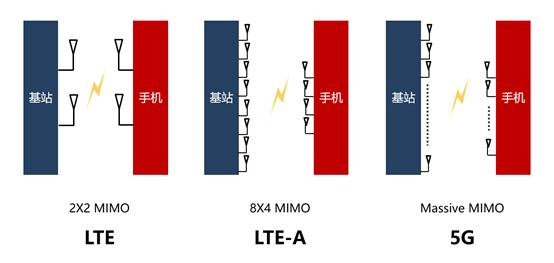
Currently, many phones use 2MIMO~4MIMO. Since the maximum is 4MIMO, why are not just 4 antennas used, but at least 6 or even more than a dozen?
This has to do with the spectrum currently occupied by 5G communications.
The 5G frequency range extends further upwards from the previous generation 4G, from 1G to 5G, and the spectrum changes as shown in the following figure:

Change to the relationship between frequency range and wavelength
In the development of 5G, the frequency range starts from 600MHz and goes up to 5GHz, resulting in a total spectrum span of 4400MHz. Mobile phone antennas have the disadvantages of narrow bandwidth and low efficiency, combined with the multiple antennas required by MIMO technology and the multiple frequency bands required by carrier aggregation; even with the use of some tuning devices to reconstruct the frequency, full-band coverage cannot be achieved. Therefore, engineers have divided the antennas according to the actual situation, splitting an antenna needing to cover 600-5000MHz into multiple ones, cleverly solving the problem. The numerous antennas we see on phones are mostly split 5G antennas.
The following figure shows an example of a well-divided mobile phone antenna layout.

Haotong Communication, as a global solution provider and manufacturer of electronic components for the telecommunications industry, provides customers with convenient and feasible antenna solutions and can customize various embedded antennas; its product line covers FPC antennas, metal spring antennas, LDS antennas, automotive antennas, NFC coils, wireless charging coils, etc.
Haotong Communication Excellent Case Presentation
LDS antenna case

NFC antenna case
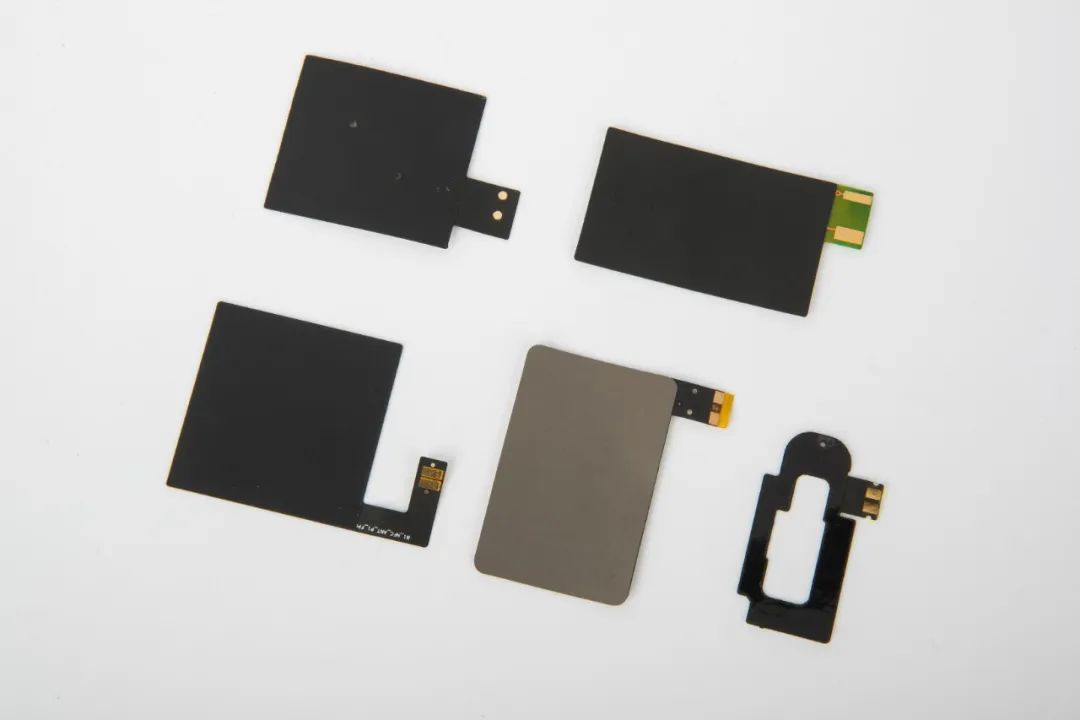
PCB/FPC+Cable antenna case
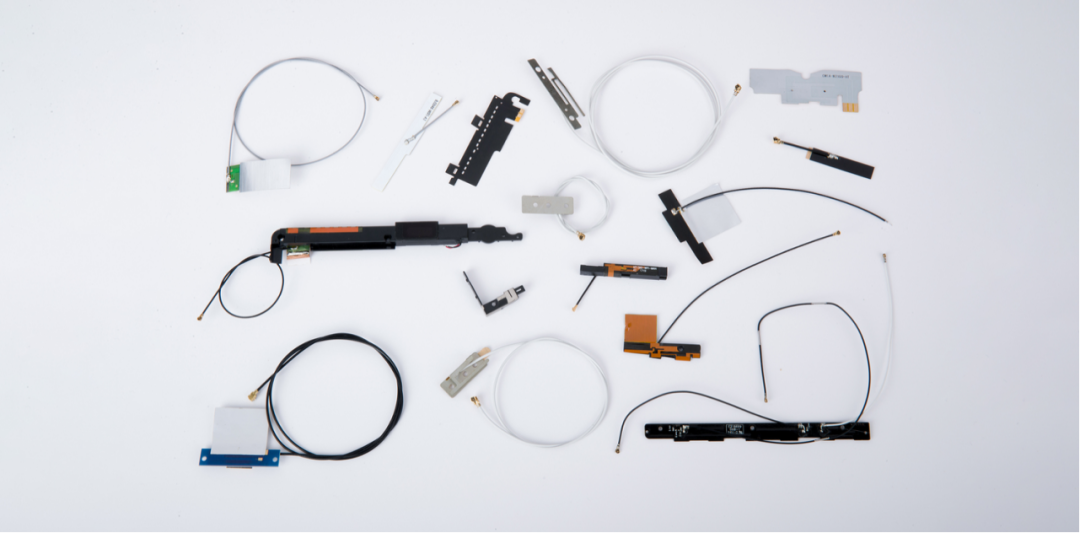
Automotive antenna case

wireless charging coil case
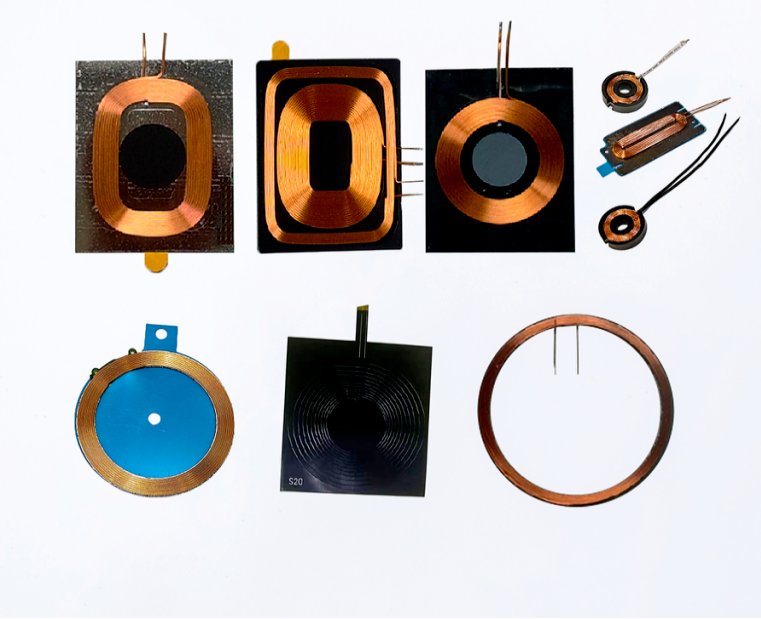
Previous Page
Related News
Haitong Communications | What is 5G-A?
At the recently concluded 2024 Mobile World Congress, a new technology took center stage: 5G-A. What exactly is this technology, and how will its emergence change our lives? Let's delve into the mysteries of 5G-A.
Haitong Communications | So many antennas are running on a 5G phone
Mobile phone design is a holistic endeavor. To achieve faster and smoother communication performance, the overall design will undergo significant changes, starting with the antenna.
Haitong Communication | Excellent Connector Project Express Delivery
Introduction to Haitong Communication Connectors: Haitong Communication can independently design and manufacture high-quality RJ connector products that meet FCC-part68, IEEE802.3, and ANSIX3.263 standards. Haitong currently has integrated RJ products with filtering functions and RJ products without filtering functions. Haitong's RJ products support network applications of different speeds, the most common of which are: 10/100base-T, 1000base-T, 2.5G/5Gbase-T, 10Gbase-T. Some types of RJ products can simultaneously have
Haitong Communications | The Evolution of Mobile Phone Antennas
The mobile phone antenna is an important component of mobile phone communication. The earliest mobile phone antennas can be traced back to the early 1980s, and their development has gone through several stages.
Haitong Communication | Excellent FPC Antenna Project Express Delivery
FPC Antenna: 1. FPC generally refers to a flexible printed circuit board, which is made of polyimide or polyester film as a substrate and has high reliability and excellent flexibility. It is lightweight, thin, flexible, foldable, high-performance, and low-cost. Compared to other PCB antennas, ceramic antennas, and LDS antennas, FPC antennas offer higher cost-effectiveness.
Zhejiang Haitong Communications | Women's Day Charm on March 8th
Haitong Goddess Festival Activities
Haitong Communication's In-Vehicle IoT Solution for T-BOX Systems
Haitong Communication has launched a constantly improving and reliable in-vehicle T-BOX accessory solution in the fields of antennas, metal parts, communication interconnection interfaces, and plastic shells.
©2024 Zhejiang Haitong Communication Electronics Co., Ltd. www.300.cn SEO

